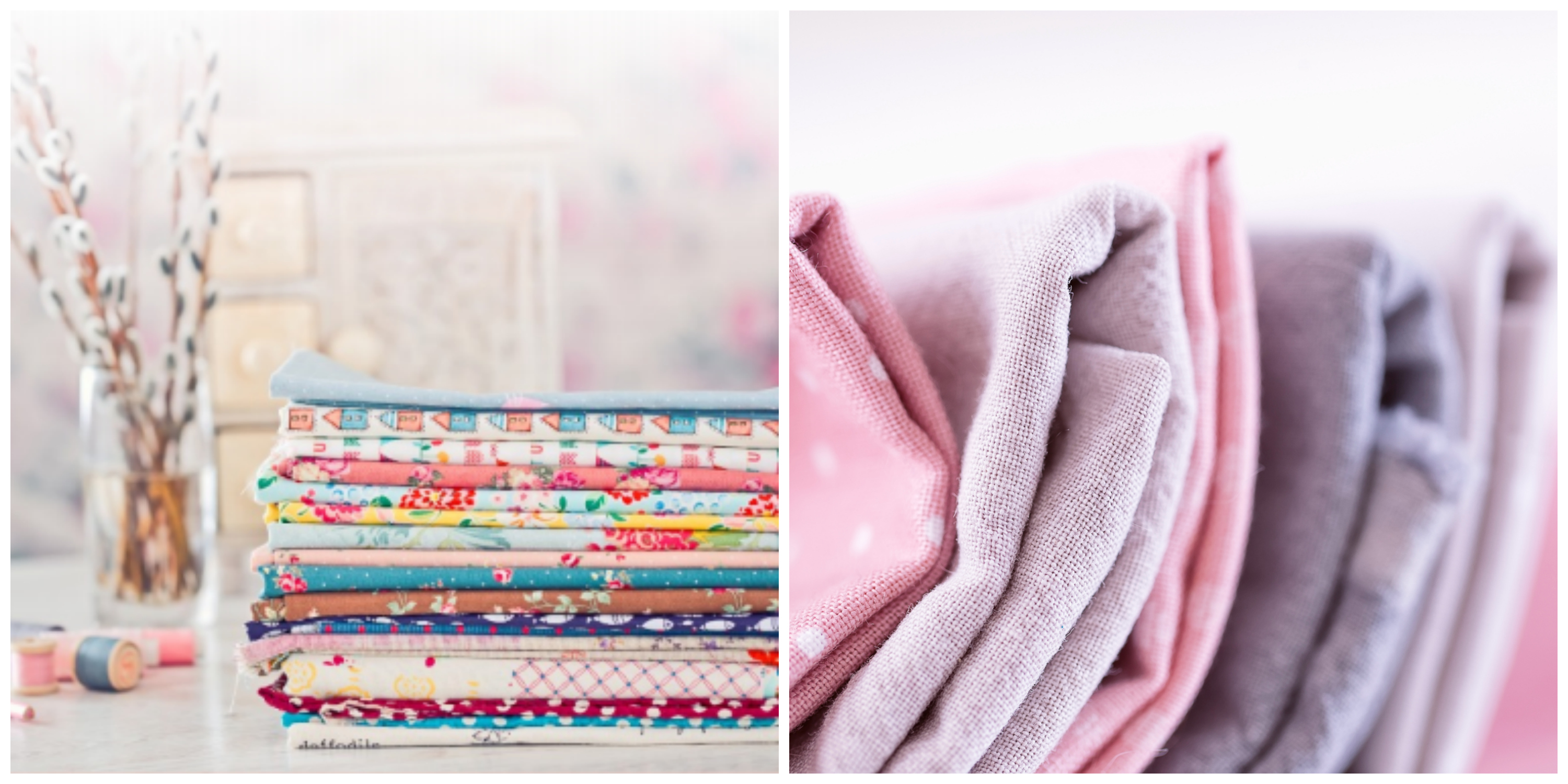
It’s not so very long ago that you’d have been hard-pushed to find attractive organic quilting cottons for your latest products. Indeed, you may remember when it was almost unthinkable that you could purchase quilting fabric labelled “organic.” All that’s changed over the last few years though, with the advent of the “modern quilting” style an ecoconscious trend appears to have evolved among manufacturers, fabric designers and customers.
Organic fabric can easily be identified by looking at the selvedge (or unprinted edge) of your piece of fabric. Here you’ll find the information identifying the manufacturer, fabric collection/line and, if organic, the tagline “100% organic cotton”. The most important difference between organic cotton and regular cotton is that the cotton is grown without the use of harmful pesticides. Traditional cotton is accountable for almost 25% of all chemical pesticides used in agriculture, and nearly 50% of the textile market uses cotton, which means a LOT of chemicals are being released into the environment. But, although the cotton itself is 100% organic, once it’s dyed then things become a little less clear.
Organic fabric manufacturers generally use “low impact” dyes – this means that they are using dye components from a pre-approved list of chemicals. But is there such a thing as a dye that is 100% eco-friendly with absolutely no impact on the environment? The answer is yes, and no. Vegetable dyes are free of artificial chemicals, but are not colourfast. They fade within a few washings. There are ways to stop this happening, but they may not actually be a more environmentally friendly choice due to the chemical elements needed to keep the colours from fading.
That leaves us with “low impact dyes and inks”. These work through a fibre-reactive process that prevents the dyes from fading. They require less rinsing so fewer chemicals are released into the water supply and they don’t contain heavy metals which can be toxic or chemical carcinogens.
If the fabric you are using has been printed with low impact dyes then it will carry a GOTS certification rating. This stands for Global Organic Textile Standard and covers production, processing, manufacturing, packaging, labelling, export, import and distribution of all natural fibres. Dyes allowed by GOTS are limited to natural dyes and some synthetic ones that meet their requirements, ie they don’t contain any “nasties” such as heavy metals, formaldehyde, pesticides or dyes considered to be chemical carcinogens. So if the fabric you purchase has been certified by GOTS then you have bought the most eco-friendly version of quilting cotton currently available.
If you’d like to incorporate organic fabrics into your next project then do check out these manufacturers who have a great range of really attractive eco-friendly designs to choose from that are widely available across the globe;
Birch Organic Fabrics
Robert Kaufman Pure Organic Fabrics
Cloud9 Fabrics
What are your thoughts on working with organic fabrics? Please leave a comment below, we’d love to know!
*Article originally appeared in Bustle & Sew Magazine
Hi – I really applaud your endeavours to make cotton safer to produce. In the UK there has recently been a tv documentary not only about the pesticides that are used in the production of cotton fabric, but also the huge environmental impact the production has in its use of water and therefore on the rivers and large bodies of water such as The Aral Sea, which has shrunk to a minimal version of its former self and which I am quite horrified by. Do you have any comments on this please?
Many thanks in advance.
Wishing you a happy festive season and an organic and sustainable world in the future.
Ingrid
i love it… that are used in the production of cotton fabric.